Pruning Kousa Dogwood
schreibdave
10 years ago
Featured Answer
Comments (28)
j0nd03
10 years agoRelated Professionals
Seabrook Landscape Architects & Landscape Designers · Fruit Heights Landscape Contractors · Laguna Hills Landscape Contractors · Lake Worth Landscape Contractors · Pacifica Landscape Contractors · Pleasanton Landscape Contractors · Saint George Landscape Contractors · Salmon Creek Landscape Contractors · Annapolis Siding & Exteriors · Maple Grove Decks, Patios & Outdoor Enclosures · Castle Rock Decks, Patios & Outdoor Enclosures · Fredonia Decks, Patios & Outdoor Enclosures · Frisco Decks, Patios & Outdoor Enclosures · Verde Village Decks, Patios & Outdoor Enclosures · Westminster Decks, Patios & Outdoor Enclosuresj0nd03
10 years agoschreibdave
10 years agoEmbothrium
10 years agoj0nd03
10 years agoEmbothrium
10 years agolaceyvail 6A, WV
10 years agoschreibdave
10 years agoj0nd03
10 years agoschreibdave
10 years agoj0nd03
10 years agoarktrees
10 years agoschreibdave
10 years agowhaas_5a
10 years agoarktrees
10 years agoschreibdave
10 years agoj0nd03
10 years agogardengal48 (PNW Z8/9)
10 years agoschreibdave
10 years agoEmbothrium
10 years agowhaas_5a
10 years agoschreibdave
10 years agoarktrees
10 years agodchavez42
10 years agoarktrees
10 years agodchavez42
10 years agobrotherlylovelyrowhouse
5 years ago
Related Stories
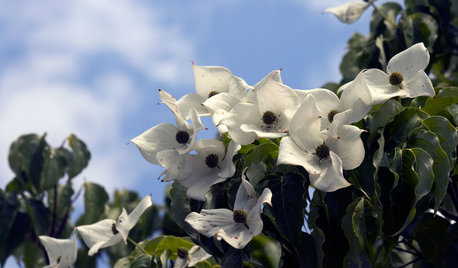
GARDENING GUIDESGreat Design Plant: Kousa Dogwood
This four-season landscape star offers lovely pink bracts, bumpy summer berries and more
Full Story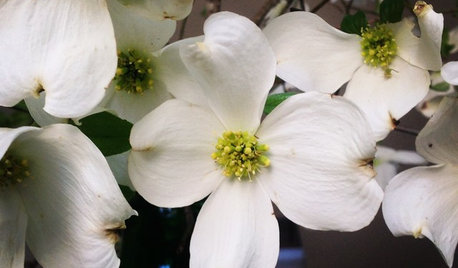
GARDENING GUIDESGreat Design Plant: Cornus Florida Benefits Wildlife
Flowering dogwood provides fiery red foliage in fall and beautiful springtime blooms
Full Story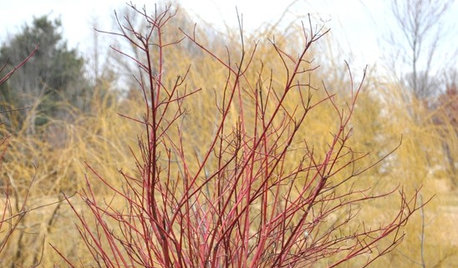
GARDENING GUIDESCentral Plains Gardener's February Checklist
Learn the right way to prune trees this month — when you're not busy spying intrepid spring-hinting blossoms, that is
Full Story0

ARBOR DAY8 Reasons to Plant a Great Tree
Beauty is its own reward, but the benefits of planting the right tree in the right place go way beyond looks
Full Story
GARDENING GUIDES5 Best-Behaved Trees to Grace a Patio
Big enough for shade but small enough for easy care, these amiable trees mind their manners in a modest outdoor space
Full Story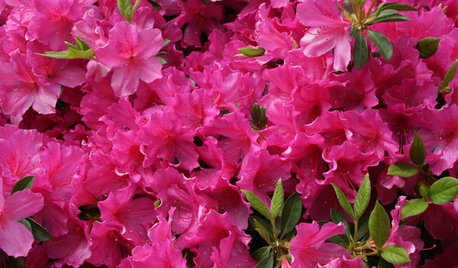
SOUTHEAST GARDENINGSoutheast Gardener's April Checklist
Stock up on herbs, keep clippers away from the daffodils and watch for signs of a major impatiens threat
Full Story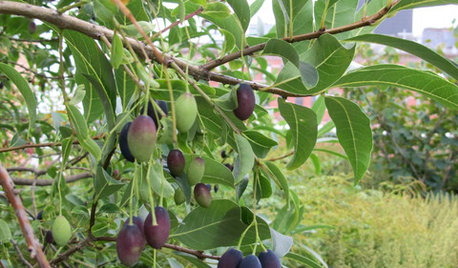
GARDENING GUIDESGreat Design Plant: Chionanthus Virginicus
Lacy flowers cover native white fringetree in spring, and birds feed off its berries in winter
Full Story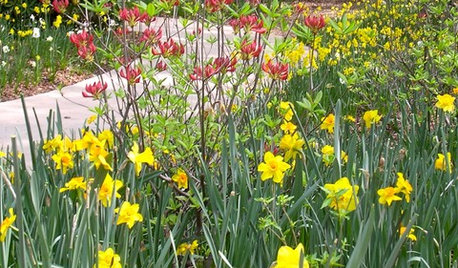
SPRING GARDENINGSpring Fling: Visit a Garden in Full Glory
The Atlanta Botanical Garden is blooming three weeks ahead of schedule. Come take a peek with us
Full Story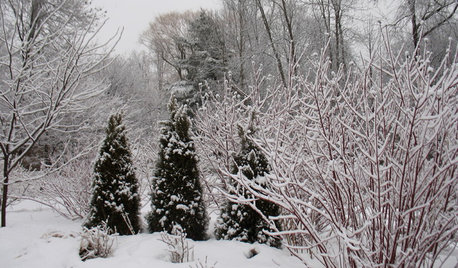
NORTHEAST GARDENINGNortheast Gardener's December Checklist
Wildlife and evergreens provide plenty of winter interest, but barer views offer their own benefits for gardens
Full Story
GARDENING GUIDES9 Low-Growing Hedges That Make Good Neighbors
Define garden areas or borders without blocking the view, with these evergreen shrubs that take kindly to trimming
Full StoryMore Discussions






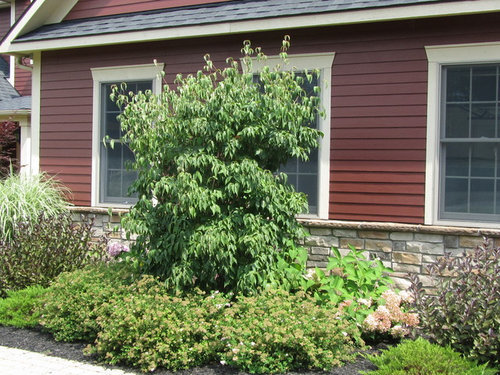

Embothrium